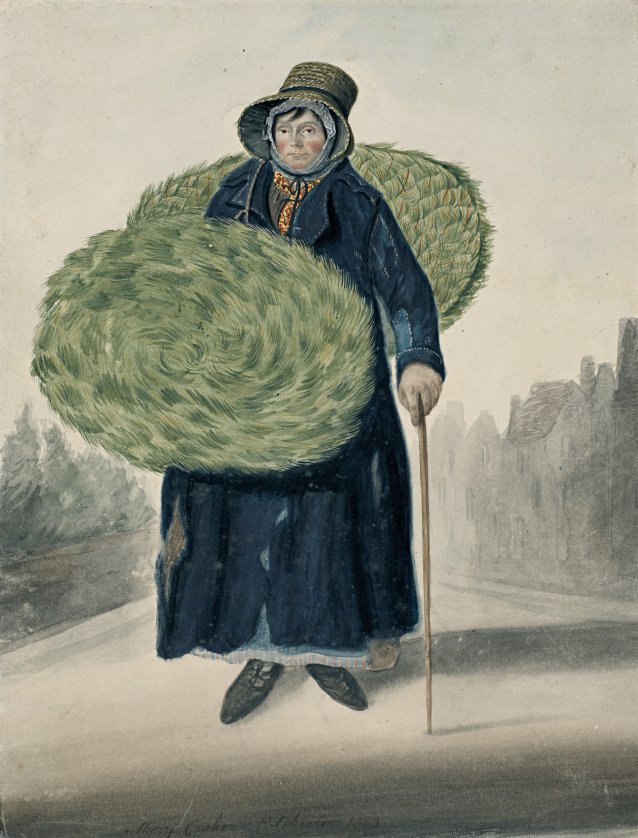Kendal workhouse manufactured hardens ( a type of cloth) for approximately 50 years. This took place during part of the tenure of Daniel Dunglinson governor of the workhouse.
In 1797 Frederick Morton Eden described the workhouse as being a commodious building in an airy situation, kept with great neatness and propriety, with 55 separate rooms, 35 lodging rooms with an adjoining garden from which the poor were provided with vegetables. The bread allowance was plentiful and on beef days each person was allowed half a pound without discrimination for age or sex. In April 1795 there were 136 inmates in the workhouse, 57 males and 79 females. Seventy-six of them were under 30, 27 between 30 and 60, and 33 over 60.[1 ]
The harden manufactory was credited with reducing some of the costs of the workhouse and the poor rates paid by Kendal township. While having access to charitable funds from the Kendal Fell Fund, generally the workhouse profits were attributed to the harden manufactory. It was run while being mindful not to undercut the ordinary trader.[ 2 ] Parson and White’s 1829 trade directory listed it as a manufacturer of carpets.[3]
The manufactory did have a manager. In 1815 it was Thomas Harrison (c. 1791 – 1815).[4] who died aged 24 in 1815. Then, at some point this role was carried out by John Mann (1802-1875). The extent to which Daniel Dunglinson can be credited with the profitability of this enterprise can only be speculated upon. Equally, there is no evidence of his wife’s involvement in the workhouse.
By 1818 typhus fever was prevalent in Kendal . A proposal was made for a ‘House of Recovery’ to be erected to combat infectious diseases for the benefit of the poor and wider community; the cost to be offset by the profits from the harden manufactory.[ 5 ]
In 1823 the number of paupers in the workhouse was put at 118 , 44 employed in useful work the average net cost of each pauper a week being 1s 4d at the lowest , 2s 4 1/2d at the highest. [6]
The harden production continued until closed by order of the Poor Law Board, the stock related to the manufactory was put up for sale in 1849. [7] John Mann become Governor in 1829 after Daniel Dunglinson [8] finally tendered his resignation, along with his wife Margaret Dunglinson (1802-1877) in October 1848.[9]

[1] Frederick Morton Eden, The State of the Poor, A History of the labouring classes in England 3 vols, (London, 1797), III, pp.750-771.
[2] Kendal Mercury, 14 February 1846, p.2, col.e
[3] Parson and White, History, Directory and Gazetteer of Cumberland and Westmorland, (White and Co., 1829), p.665
[4] Lancaster Gazette, 11 March 1815, p.3, col. c
[5] Westmorland Gazette, 29 August 1818, p.3
[6] Westmorland Gazette, 19 April 1823, p.3, col. b
[7] Westmorland Gazette, 9 June 1849, p.3, col. b.
[8] Westmorland Gazette, 29 February 1832, p. 4, col. e.
[9] Westmorland Gazette, 14 October 1848, p.2, col. e.
[29] Kendal Mercury, 28 March 1840
[30] www.ancestry.co.uk
footnote
Kendal workhouse sometimes referred to as Kirkby in Kendal as there was another workhouse called Kirkland in Kendal at this time.